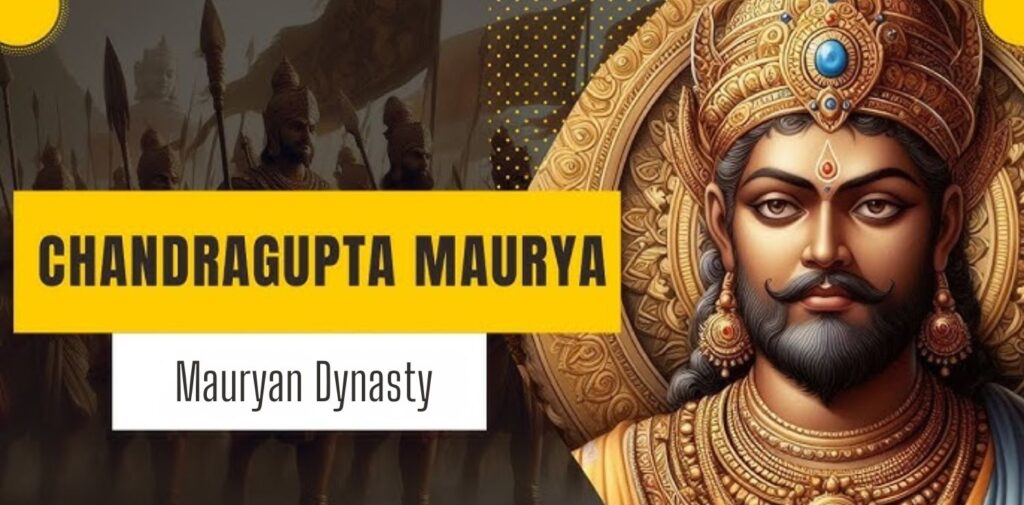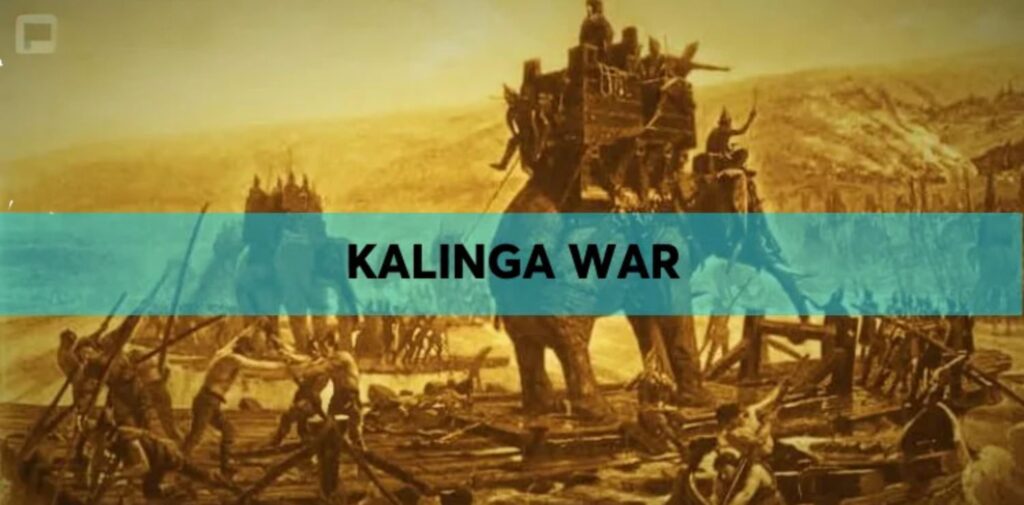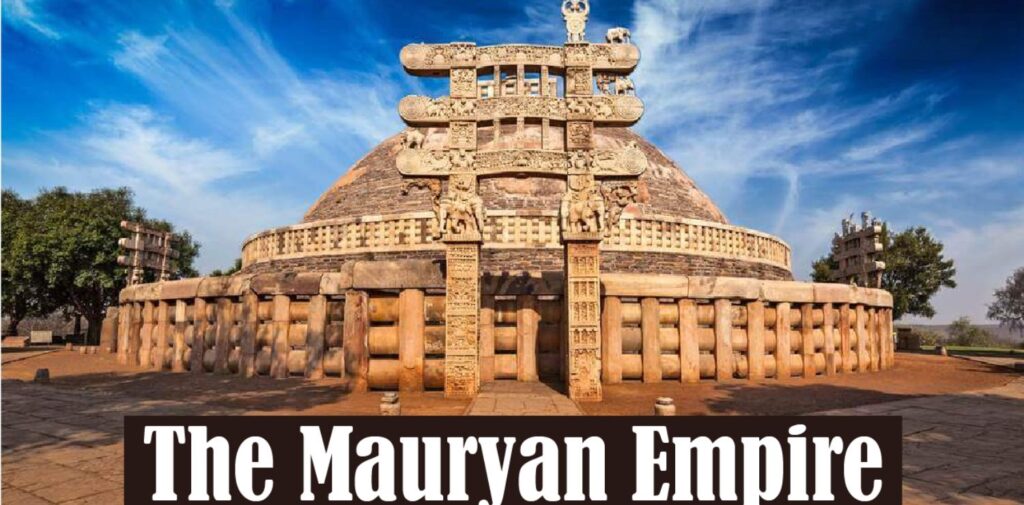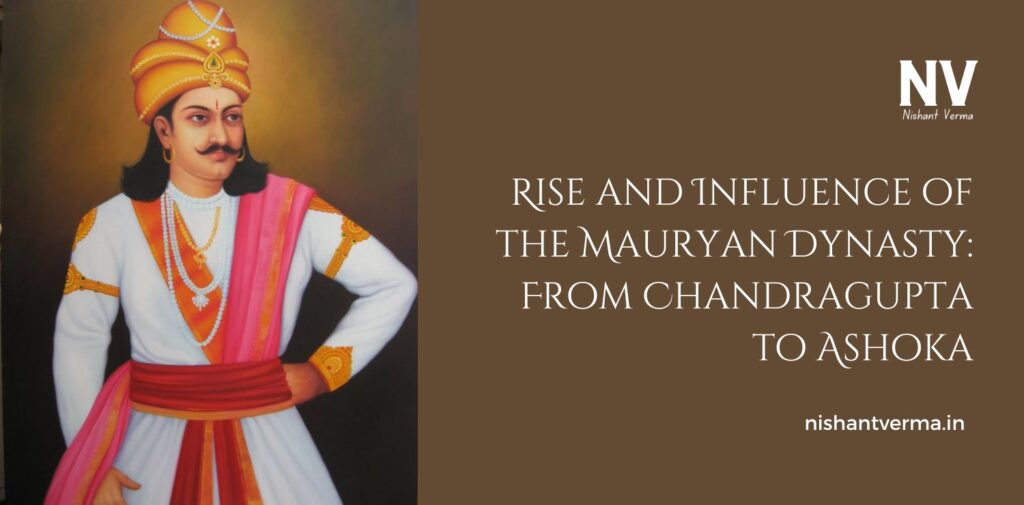The Mauryan Dynasty is one of the most important and powerful empires in the history of ancient India. This dynasty not only shaped India’s past but also had a huge influence on the world. The Mauryan Empire was founded by Chandragupta Maurya in 321 BCE and later expanded by his grandson Ashoka the Great. These rulers helped India become a powerful, united, and prosperous empire.
In this article, we will explore the rise of the Mauryan Dynasty, the reign of Chandragupta and Ashoka, and their influence on India and the world.
The Beginning of the Mauryan Dynasty: Chandragupta Maurya
The story of the Mauryan Dynasty begins with Chandragupta Maurya, a young and ambitious ruler who wanted to unite the many small kingdoms and tribes of India into one large empire. At the time, India was divided into many kingdoms, and there was no single ruler to bring the entire subcontinent together.
Who was Chandragupta?
Chandragupta was born in around 340 BCE in a region called Magadha (in modern-day Bihar). He was a strong and intelligent leader. He met an important teacher and advisor named Chanakya, who was also known as Kautilya. Chanakya was a brilliant strategist and teacher. He helped Chandragupta build a strong army and plan to overthrow the Nanda Dynasty, which ruled Magadha at the time.
With Chanakya’s guidance, Chandragupta raised an army and successfully defeated the Nanda rulers. This victory marked the beginning of the Mauryan Dynasty.

Chandragupta’s Rule: Uniting India
Once Chandragupta became the king, he worked hard to bring peace and stability to the region. He united many small kingdoms and territories into a single empire. The Mauryan Empire stretched from the northwest of India (modern-day Afghanistan and Pakistan) to the south in parts of present-day Tamil Nadu.
Chandragupta knew that to keep such a large empire under control, he needed a strong government. He created an efficient administrative system with various officers, spies, and workers who helped him maintain order in his empire. His rule was strong, and the Mauryan Empire grew in size and strength.
Chanakya’s Role: The Mastermind Behind Mauryan Rule
Chanakya, the teacher and advisor to Chandragupta, played a very important role in the rise of the Mauryan Empire. He was not just a wise teacher but also a skilled politician and strategist. He helped Chandragupta in planning military strategies, organizing the administration, and managing the vast empire.
Chanakya’s Arthashastra, a famous book on politics and governance, is still studied today. It gives important lessons on how a ruler should manage his kingdom, maintain law and order, and treat his people.
The Reign of Bindusara: Chandragupta’s Son
After Chandragupta, his son Bindusara became the ruler. Bindusara was a strong leader who expanded the empire even further. Under his rule, the Mauryan Empire grew to cover most of India, except the southern tip.
Bindusara was a great ruler, but not much is known about his reign because there are fewer records about his life compared to his father and grandson. However, we do know that he worked hard to maintain peace and expand his kingdom through diplomacy and alliances.
Ashoka the Great: The Most Famous Mauryan Emperor
The most famous Mauryan ruler was Ashoka, the grandson of Chandragupta. Ashoka is known for his transformational leadership and for spreading Buddhism throughout India and other parts of Asia. But his journey from a warrior king to a peaceful ruler is one of the most remarkable stories in history.
Who was Ashoka?
Ashoka was born in 304 BCE. He was very ambitious and initially focused on expanding the Mauryan Empire through war. He fought many battles, and during his reign, the Mauryan Empire reached its largest size. But the most important event in Ashoka’s life was the Kalinga War.

The Kalinga War: A Turning Point in Ashoka’s Life
The Kalinga War took place in around 261 BCE, when Ashoka waged a battle against the kingdom of Kalinga (modern-day Odisha). The war was extremely violent, and thousands of soldiers and civilians were killed. Ashoka was deeply shocked by the bloodshed and violence. He realized that war caused more harm than good and that it was time for him to change his ways.
After the war, Ashoka decided to embrace Buddhism and became a peaceful ruler. He gave up violence and adopted a policy of Dhamma (moral law), which promoted non-violence, compassion, and respect for all living beings.
Ashoka’s Embrace of Buddhism
After the Kalinga War, Ashoka became one of the greatest supporters of Buddhism. He spread the teachings of the Buddha and encouraged people to follow the path of peace, kindness, and non-violence.
Ashoka did not just follow Buddhism himself; he made it part of his empire’s law. He built many Buddhist stupas (dome-shaped structures), monasteries, and pillars with inscriptions that spread the message of peace and Dhamma.
One of Ashoka’s most famous contributions is his Rock Edicts, which were inscriptions on large stones placed around the empire. These edicts gave people advice on how to live good lives and treated subjects with kindness. They are found in many parts of India and tell us a lot about Ashoka’s rule and his belief in moral governance.
Ashoka’s Influence on India and Beyond
Ashoka’s influence was not limited to India. His embrace of Buddhism helped the religion spread to other parts of Asia, including Sri Lanka, Myanmar, Thailand, and Indonesia. Today, Ashoka is remembered as a champion of peace and one of the most important rulers in the world.
Under Ashoka’s rule, the Mauryan Empire reached its peak. He focused on building roads, hospitals, and rest houses for travelers. He also improved agriculture and trade, which made the empire wealthy and prosperous.
The Decline of the Mauryan Empire
After Ashoka’s death in 232 BCE, the Mauryan Empire began to decline. The empire became weaker due to weak rulers and constant invasions. By around 180 BCE, the Mauryan Empire had fallen apart. However, the legacy of the Mauryas, especially Ashoka’s ideals, lived on and continued to influence India for centuries.

Legacy of the Mauryan Dynasty
The Mauryan Dynasty left a lasting impact on India. Under Chandragupta and Ashoka, India was united and became a powerful empire. They created an efficient government and promoted peace and moral values. The teachings of Ashoka, especially his support for Buddhism, spread across Asia and continue to inspire people around the world.
Today, the Mauryan Empire is remembered as one of the most important empires in ancient history, and Ashoka the Great is still celebrated for his transformation from a warrior king to a promoter of peace and non-violence.
Conclusion: The Mauryan Dynasty’s Role in Indian History
The Mauryan Dynasty was one of the most important empires in ancient India. From Chandragupta Maurya, who founded the empire, to Ashoka, who spread the message of peace and Buddhism, the Mauryas made a huge impact on Indian history. Their rule helped unite India, promote peace, and lay the foundation for future civilizations.
The lessons of the Mauryan Dynasty, especially Ashoka’s change of heart and his commitment to peace, continue to teach us valuable lessons about leadership, compassion, and how we can create a better world.



